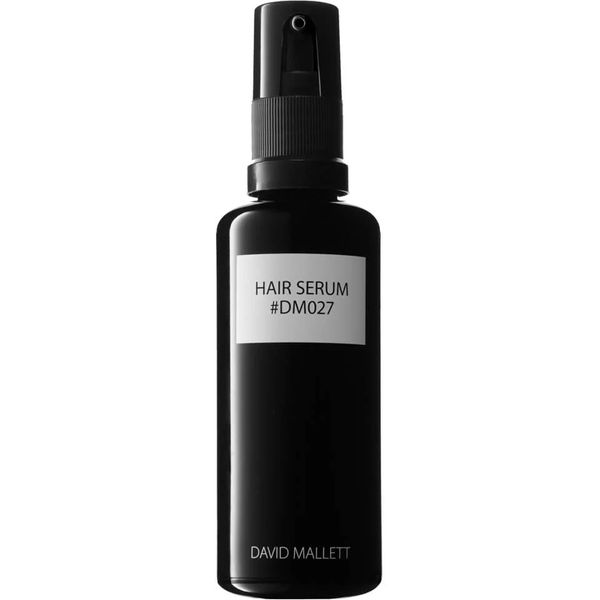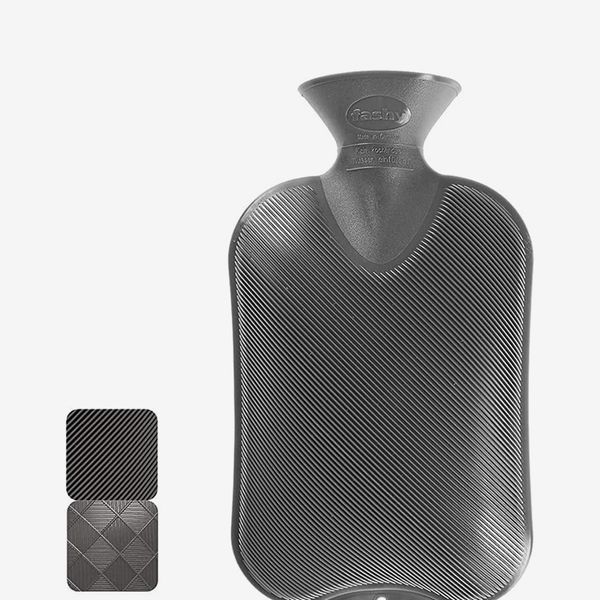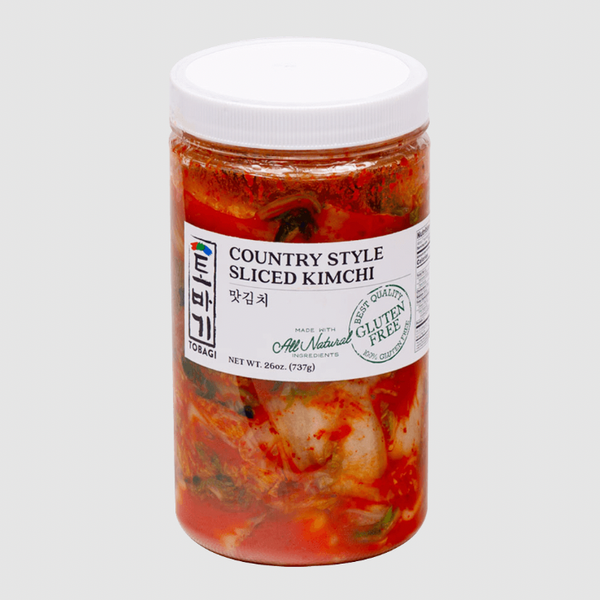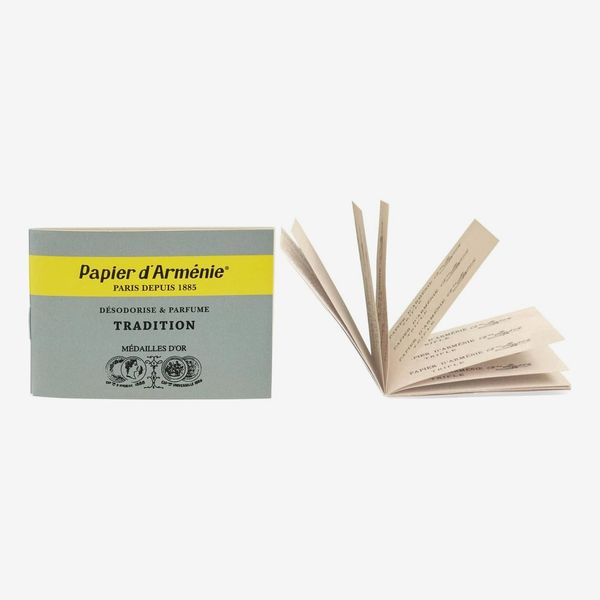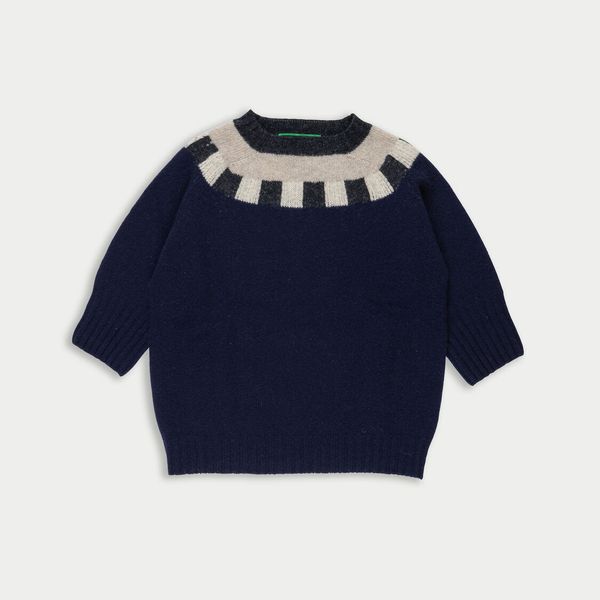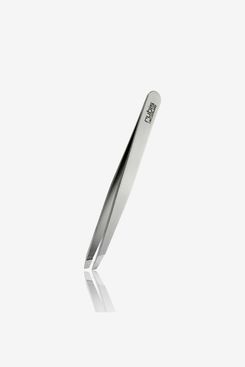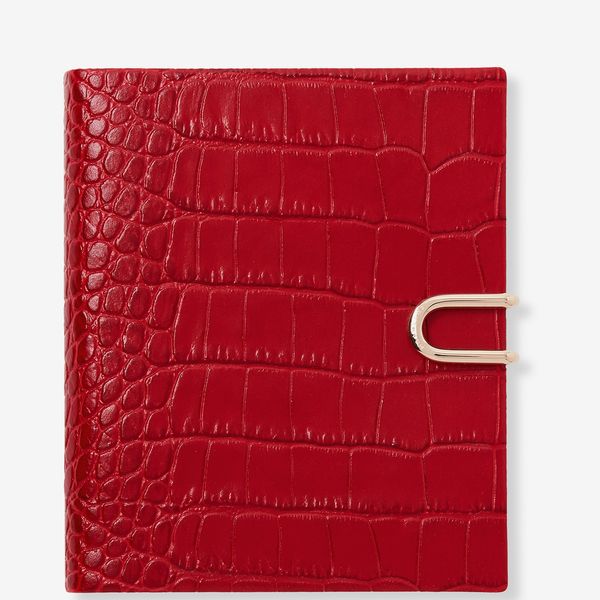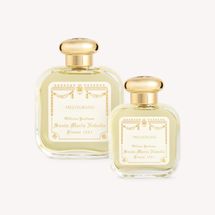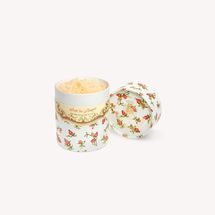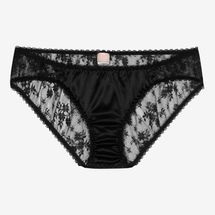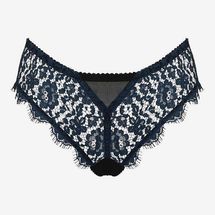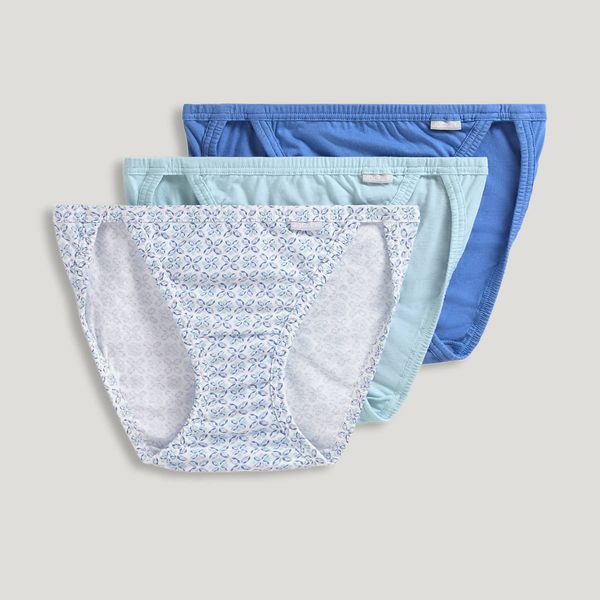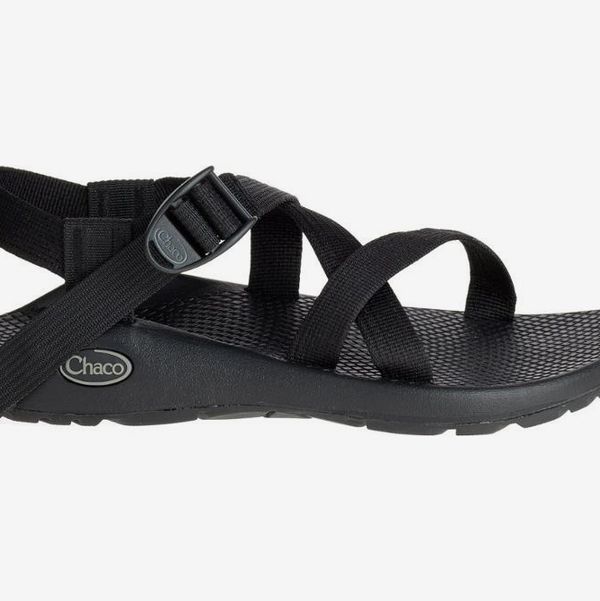
If you’re like us, you’ve probably wondered what everyday stuff famous people add to their carts — like hair spray or an electric toothbrush. We talked to Young Kim, author of A Year on Earth With Mr. Hell, about the pomegranate bath salts, German hot-water bottle, and made-in-Paris lingerie she can’t live without.
David Mallett is well known in the fashion world, and a number of my friends in Paris that I trust go to him. I started going gray, and I figured I would go bald if I kept on picking them out, so I thought I’d better go get it colored. Up until then, I’d never spent any money on my hair. I just got the ends chopped off by my mother and put it up. But then I felt like I couldn’t go there with my chopped-up hair and get it colored, so I had them cut it, too. I had someone who worked for him cut it for a couple of years. It was okay, but I wasn’t really impressed by it. I still kept my hair up because I didn’t think I could put it down. Then one day that guy left for whatever reason, and I said, “I might as well just see what David does.” It’s not that much more expensive, really, to have David cut it himself, especially in Paris.
I couldn’t believe it. I just couldn’t believe it. He sculpts the hair. Korean hair, Asian hair, is straight, it just drops down. But he cuts it so that it all falls exactly where it’s supposed to. I just couldn’t believe it, because I can’t do anything with my hair. I’m terrible at anything like that. All I had to do was towel-dry it, shake it out, or even just blow-dry it a little bit so it wasn’t wet, and it would just fall exactly where it’s supposed to. It was amazing, this revelation. That’s why I only go to him. I’m not sure what I’ll do the day he stops cutting hair. His products are great as well. His shampoo and conditioner are wonderful, and his hair serum is great.
[Editor’s note: David Mallett lists prices in euros, so the price shown here is an approximate conversion to U.S. dollars.]
I found it in Munich. It’s just a really solid hot-water bottle, because a lot of them do deteriorate. I don’t really want to get burned. It’s a revelation for any sort of ache or pain you put it on. Or if you end up somewhere and it happens to be really cold, at least you can boil some water and use that. I remember leaving one at my parents’ house during Hurricane Sandy. They found it and used it when they had no heating or electricity. I have a number of hot-water bottles. I have one that has a cashmere cover. Then I had one I got years ago, which is very beautiful — it was actually rabbit fur. But half the time, I just wrap it up in a fine, old cashmere scarf.
Sometimes I just eat kimchee because I feel like eating it, to be honest. I eat it with anything and everything. Also, if I have no food in the house after coming back from the airport — if I just have kimchee and a ramen or an egg, at least I can have something to eat. My father gives me some that he makes or gets from a friend when I go to visit him, but between those visits, I also get this from H Mart. It’s quite good, actually. Even in Paris, I have a place I get kimchee. It’s such a basic thing. I don’t know about you, but I only ate Korean food until I went to college, basically. I didn’t even know how to use a fork and a knife properly. I never cut anything with my knife until I went to college. People in London are crazy about Korean food and culture now. It’s kind of unbelievable. In Paris, they always had a couple of very good Korean grocery stores, but in London they never did. Now, there’s a big one in Charing Cross Road, and there’s also a place in White City in London, too, that has kimchee and some basic Korean food. Before, I wouldn’t even know where to buy anything.
They’re literally just strips of paper. It’s perforated, so you pull off one or two strips, and then you pleat it so it stands on its side like an accordion. Then you light it and blow out the flame so it’s just smoking. It really removes any odors. It’s incredible. Especially with Korean food, like kimchee, it smells when you open the refrigerator. But that paper, if you burn it, the smell instantly goes away. It’s the most effective way to get rid of food odor. If you open the window a little bit, then it’s all gone immediately. I don’t know anything else like that that just removes the smell. It just deodorizes it instantly. It’s a nice, powdery, neutral smell as well. It’s really useful.
La Fetiche was started by two women who worked at Sonia Rykiel for many years. Then they started their own brand after it was sold. The clothes are really beautifully made. The quality is incredible. All the knitwear and raincoats are made in Scotland. They’re fantastic. They also do quite a lot of this thin, jersey sort of thing made in France that’s also very beautiful. I wear a lot of their clothes at this point. Most of my casual clothes come from them, including this sweater with the color blocking. What I like about the brand, too, is that a lot of the clothes you can wash. They’re just different, and it’s nice to support a small brand and these artisan knitters and manufacturers.
[Editor’s note: La Fetiche lists prices in pounds, so the price shown here is an approximate conversion to U.S. dollars.]
These tweezers are unbelievable. If you try them, you’ll never use another tweezer again. I was in Switzerland, and they’re just normal tweezers there. The grip is just really amazing. Then my friend was like, “I love Tweezerman.” I was like, “No, you can’t compare.” They’re incredible. They’re not particularly expensive. You just buy them at the drugstore or whatever, but they’re really, really good quality. They just work really well, better than anything else I’ve ever used in my life. My mother borrowed them once, and she was like, “Oh, my God, they’re so good.” I said, “You can keep it.”
My late partner Malcolm McLaren got me onto Smythson, and now I get the annual diary every year. I put down all my appointments there ,and it’s very light. The little Panama notebooks are very useful and light as well. They’re good for jotting things down. The Panama is very small, so you can put it in most bags or pockets. It’s good to have a written record. The travel wallet is also great. It’s useful to keep everything in there in one place. I’ve had it for over 20 years now. It is a duck egg–blue color.
It’s the one scent I really love. It’s kind of powdery, not overpowering, and I think it’s kind of unusual. I’ve used this scent for many, many years now, and it’s the only one I use. The packaging used to be much nicer. Originally, the label on that bottle of the cologne used to be a gold foil. Now they just have the paper label. But the scent is the same, and the bath salts are really beautiful, too. I don’t use Melograno often. You just put a little bit in, and they’re quite strong. I don’t know anything exactly like it. Taking baths is the one thing I would never give up, if possible. It’s such a wonderful thing. I love to take boiling-hot baths, and usually I put some kind of salt in, like Epsom or sea salt. I just soak in it and think, like when I wrote my book. Then afterwards, I lie on the ground wrapped in a towel, passed out because it’s so hot in my bath.
Fifi Chachnil has been around since I first went to Paris in the ’90s. I never spent money on things like that. I was just a student. Also, it’s not our culture, really, to spend money on lingerie. But Malcolm was like, “You have to have decent underwear,” so he took me there. They have relatively simple but very pretty cotton and silk underwear, like the Minette, and so I’ve always bought things from them over the years. What’s great about Fifi Chachnil is that everything is made there in Paris. There are two shops, and one has an atelier, and they make things back there. If you like one model and you want more than one, they can do that. Or if there’s something you like and they don’t have it in the color you want, they’ll make it for you. They also do a lot of custom orders. They’ll even make adjustments for you, not on the spot, but they can do it for the next day or so. We don’t have that anywhere in the United States. I can’t think of a place like that. But this is very old-fashioned, because most places used to be like this. That’s the same with Paloma Casile, but she’s more new. She also makes a lot of things in Paris, and she has people working in the basement of her shop. If you need an adjustment, they can do it right away. That’s really special. You can of course order things online, which is great, but if you’re actually there in person, they can adjust things to fit you, which makes a big difference, I have to say.
[Editor’s note: Both Fifi Chachnil and Paloma Casile list prices in euros, so the prices shown here are an approximate conversion to U.S. dollars.]
The Strategist is designed to surface the most useful, expert recommendations for things to buy across the vast e-commerce landscape. Some of our latest conquests include the best acne treatments, rolling luggage, pillows for side sleepers, natural anxiety remedies, and bath towels. We update links when possible, but note that deals can expire and all prices are subject to change.
